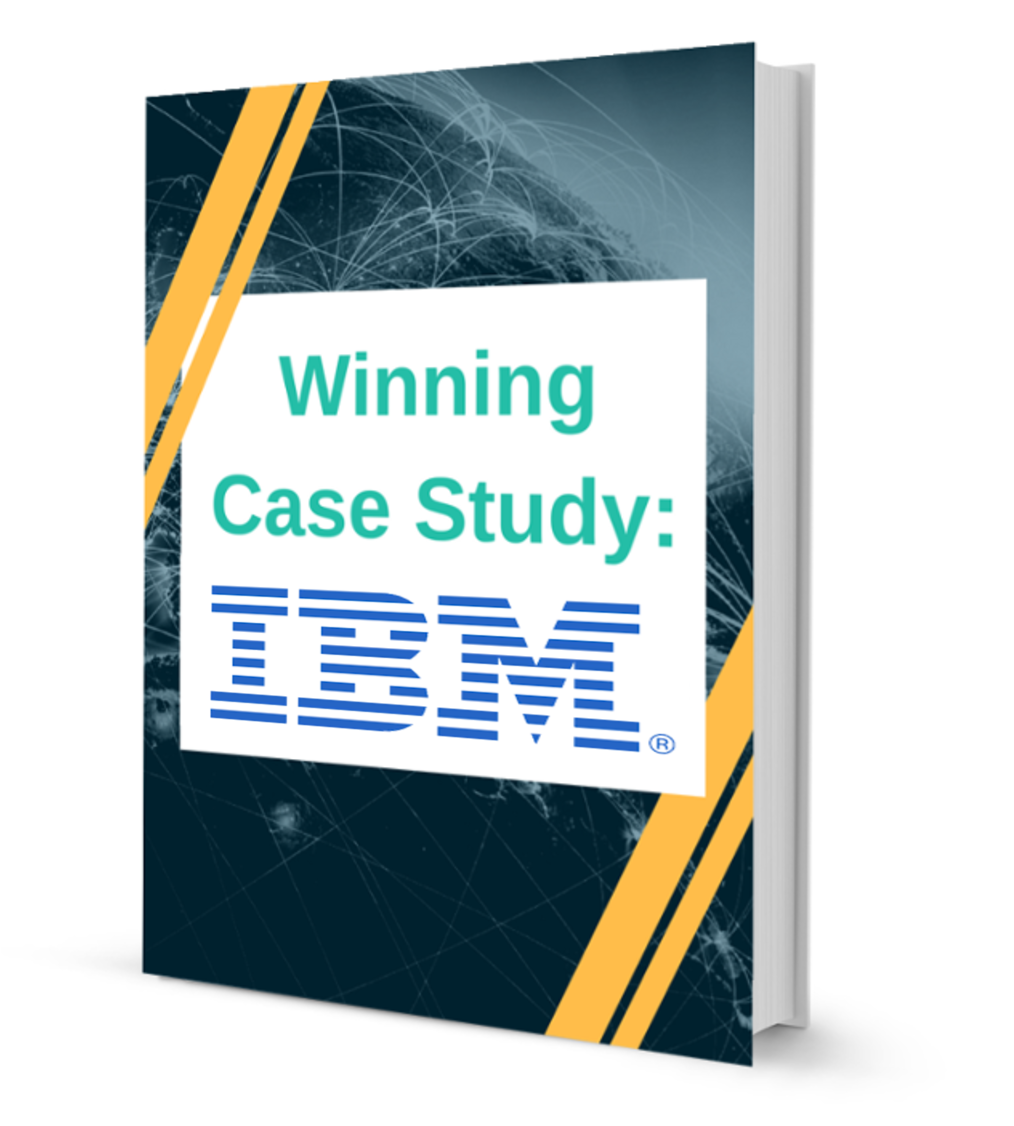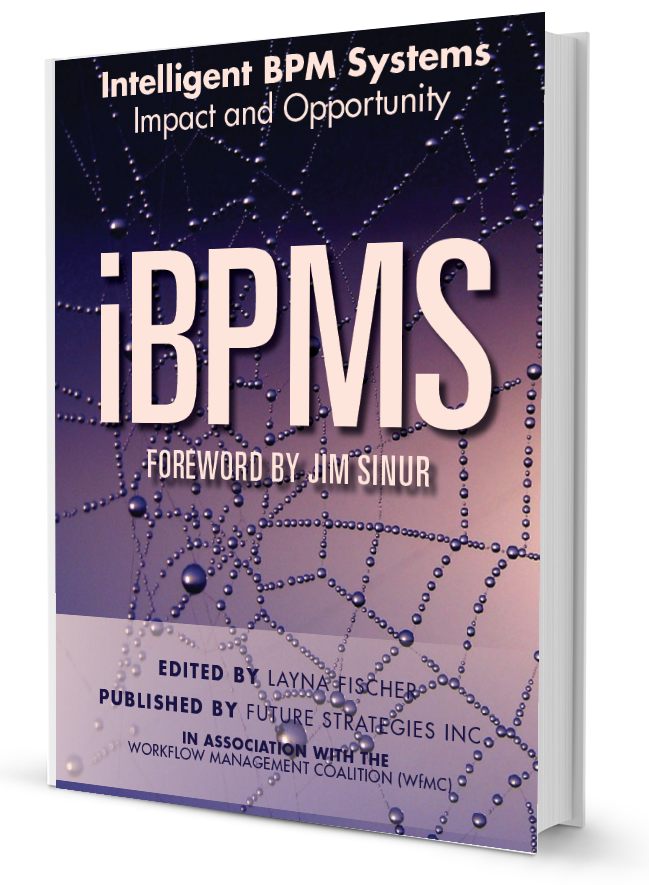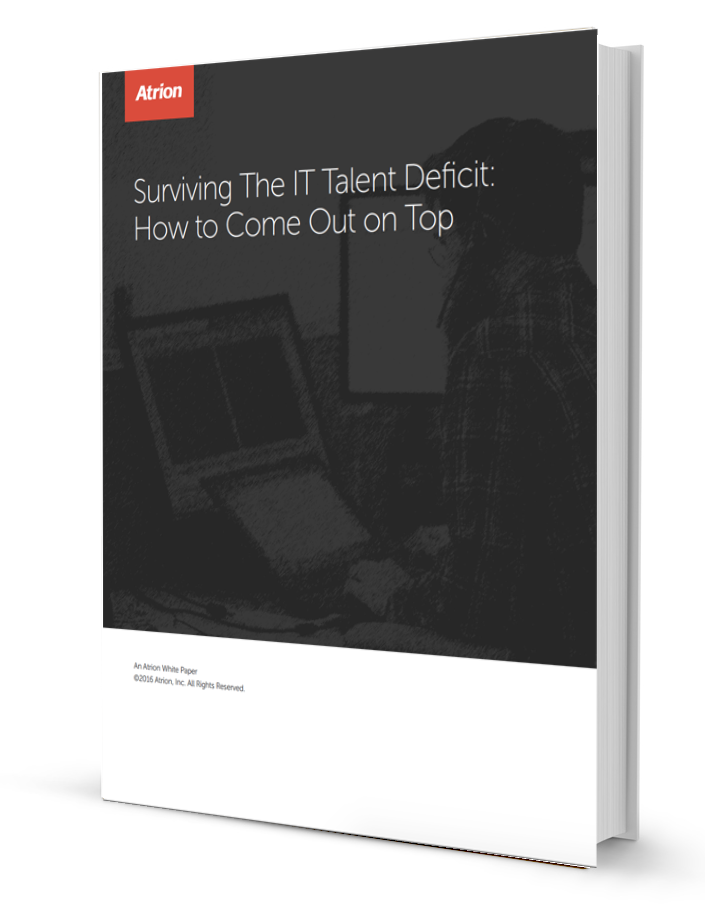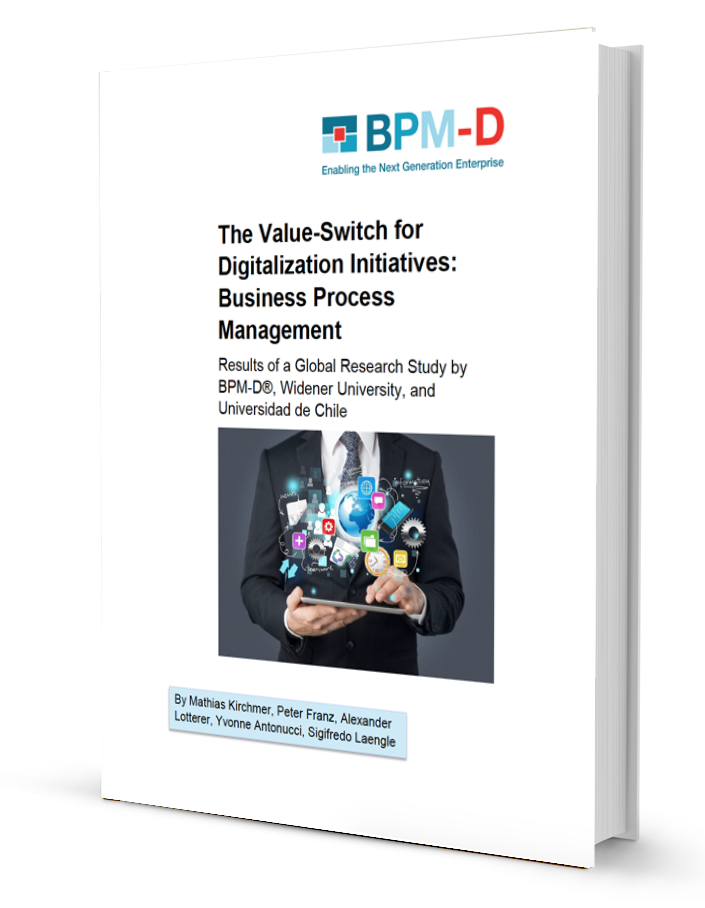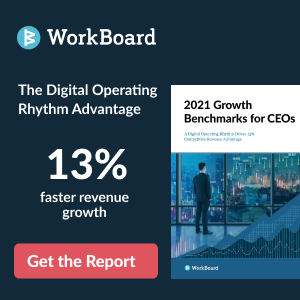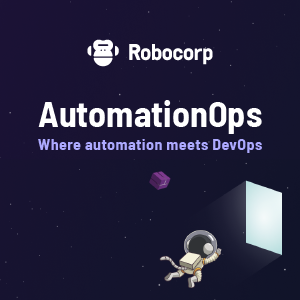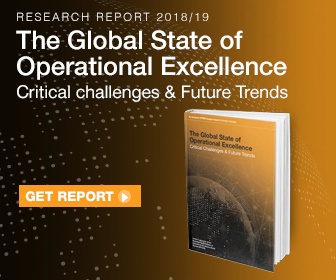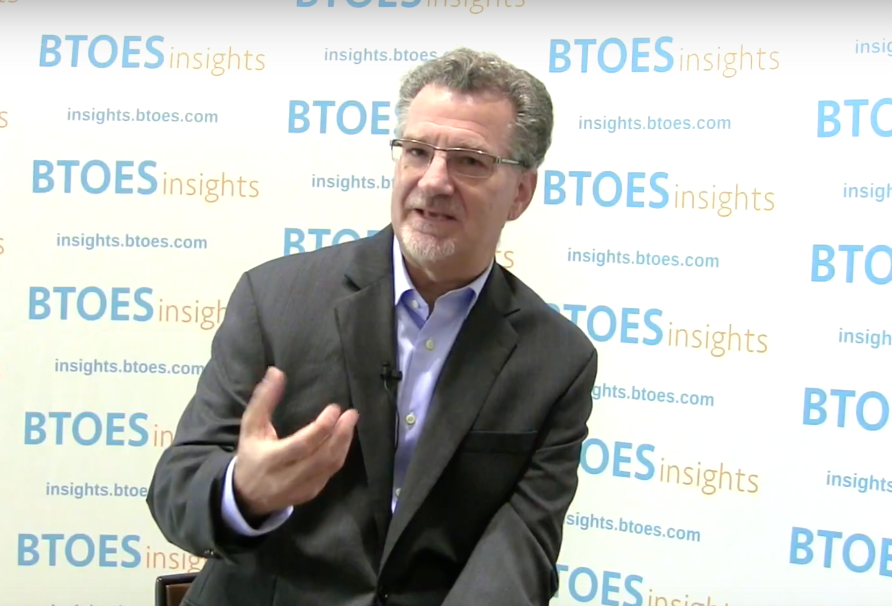Question: What is world class and how do you measure it?
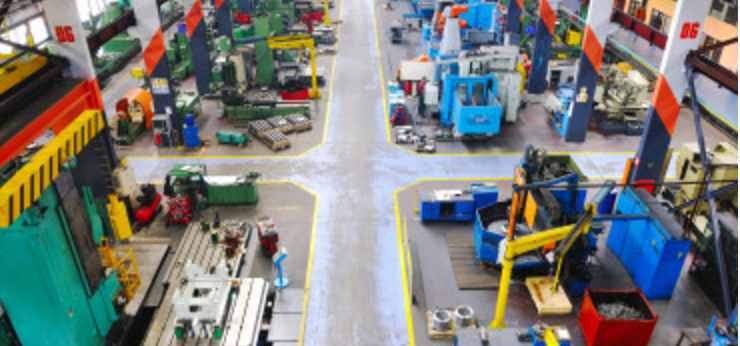
Answer: Now THAT’s a great question! I am unaware of a specific measurement that is universally available for use. If any of our readers are aware of such a measurement(s), then please comment. I can only share how I’ve thought about it and what I’ve used over the years with my operations and my clients.
My definition of World Class: “When a U.S. company and its factories are competitive in global markets they wish to serve.” As I’ve said before, U.S. manufacturing leadership can gripe about the playing field not being level while they watch foreign manufacturers continue to eat into their market share in this country. The ultimate outcome will range from a shrinking market share in the U.S. and/or one day going out of business; OR, the alternative—we must become good enough to compete. That’s World Class.
The measurement I’ve used for the last 15 years is based on the results of the Manufacturing Excellence Audit (MEA) process as detailed in the Appendix of my book, 12 Principles of Manufacturing Excellence—A Lean Leader’s Guide to Achieving and Sustaining Excellence, 2nd. Edition. The process is a detailed audit of each of the 12 principles. The scoring is broken into four stages as first defined by Robert Hayes and Steven Wheelwright in their timeless Harvard Business Review article, “Competing Through Manufacturing,” No. 85117, 1985. Here is a brief definition of each stage of manufacturing and its effect on the business:
Stage 1: Minimize manufacturing’s negative potential: “internally neutral”—manufacturing is kept flexible and reactive.
Stage 2: Achieve parity with competitors: “externally neutral”—capital investment is the primary means for catching up with competition or achieving a competitive edge.
Stage 3: Provide credible support to the business strategy: “internally supportive”—a manufacturing strategy is formulated and pursued; longer-term manufacturing developments and trends are addressed systematically.
Stage 4: Pursue a manufacturing-based competitive advantage: “externally supportive”—manufacturing is involved up front in major strategy discussions with an equal seat at the table with sales, marketing, engineering and finance.
The weighting of the MEA process used to drive the process of improvement is as follows:
Stage 1: Scoring from 1 to 30 overall based on the audit of the 12 Principles.
Stage 2: Scoring from 31 to 60.
Stage 3: Scoring from 61-90.
Stage 4: Scoring from 91 to 100.
The way I’ve explained this to my teams and clients over the years goes like this:
Stage 1: Every day a hockey game breaks out when plant managers’ drop the puck onto “the ice” every morning for the next 24-hour cycle. The team reacts to the next phone call and the next crisis in the shop trying to deal with missed schedules, missing materials, breakdown maintenance issues, high defect rates, scrap, customer complaints, etc. The metrics they use are often the wrong calculations or the wrong measurements altogether. Even when using the correct metrics, they are routinely missed. These are plants that need to get better in a big way or will ultimately be closed. They are not competitive in the U.S., let alone globally, and won’t survive over time unless they radically change starting at the top.
Stage 2: In order to achieve parity with their best competitors, the company may have invested millions in a new ERP system and some new generation equipment to replace worn out machines from 30 or 40 years ago. This buys the plant time and may actually cause the necessary correction of errors in the soft infrastructure of the plant, e.g. BOMs and routers that have not been audited regularly and are not accurate in the 98%-plus range.
But what Stage 2 really means to me, at least in the lower half of that score, is that we are no better and no worse than our best competition. We have a good operation based on traditional factory processes and measurements. Plants that score a high Stage 2 (50% to 60%) may now be shifting their thinking, their behavior and their focus on a continuous improvement strategy so they can begin to differentiate themselves from the pack.
Stage 3: This is where manufacturing has:
- A well-defined continuous improvement process that has been communicated regularly and broadly to the plant population; where training is viewed as an investment not an expense;
- Standard work on all critical processes is in place; everyone has been trained and is using it to do their jobs—no exceptions until someone finds a better way;
- Well-defined and understood metrics that tell the truth about plant performance, are improving week-by-week nearer to customers’/managements' expectations and that are regularly reviewed with all employees, not just management;
- Kaizen events or major project management assignments are used to drive improvement on the significant few areas of opportunities that will “move the needle” on the income statement, balance sheet or customer service reports;
- Positive momentum on a strategy that unleashes hourly employee involvement in helping the plant to get better. No more checking their brains at the time clock. A culture change is getting traction and is redefining the capabilities of all employees in terms of how they think, work and behave—led by the example of their leaders.
Stage 4: This is where manufacturing capabilities are a key tool in the sales organization’s tool box. Manufacturing is now one of the major reasons why the company gets a customer’s business. Hourly employees are now in complete control of their processes, have great flexibility to run a number of different machines, manage the material flow and execute work order deliveries visually. It’s now rare for a machine to run to breakdown based on robust preventive and predictive maintenance processes that are in place. Manufacturing engineers are now at the product design table with suppliers, design engineers, customers and marketing/sales personnel to ensure design for manufacturability. Manufacturing leadership now has a strong voice at the C-level strategy discussions. Both revenues and margins are growing based on outstanding performance.
"It’s no longer like the dropping of a puck for a hockey game and then all hell breaks loose. Now it’s like a symphony by Mozart."
It’s no longer like the dropping of a puck for a hockey game and then all hell breaks loose. Now it’s like a symphony by Mozart where all in the orchestra understand their roles and how to perform in an expert synchronized way. It doesn’t matter what concert hall it’s being played anywhere in the world; it always sounds the same. It’s a thing of beauty, of perfection.
When your factories are performing just as predictably, all the time, by your own well-trained employee experts, in a Stage 4 manner……and when your products that flow seamlessly through the plant and on to the customer the first time……….THAT’s World Class.
View Larry's Profile
Proqis Digital Virtual Conference Series
View our schedule of industry leading free to attend virtual conferences. Each a premier gathering of industry thought leaders and experts sharing key solutions to current challenges.
View Schedule of Events

.png)
-1.png)













































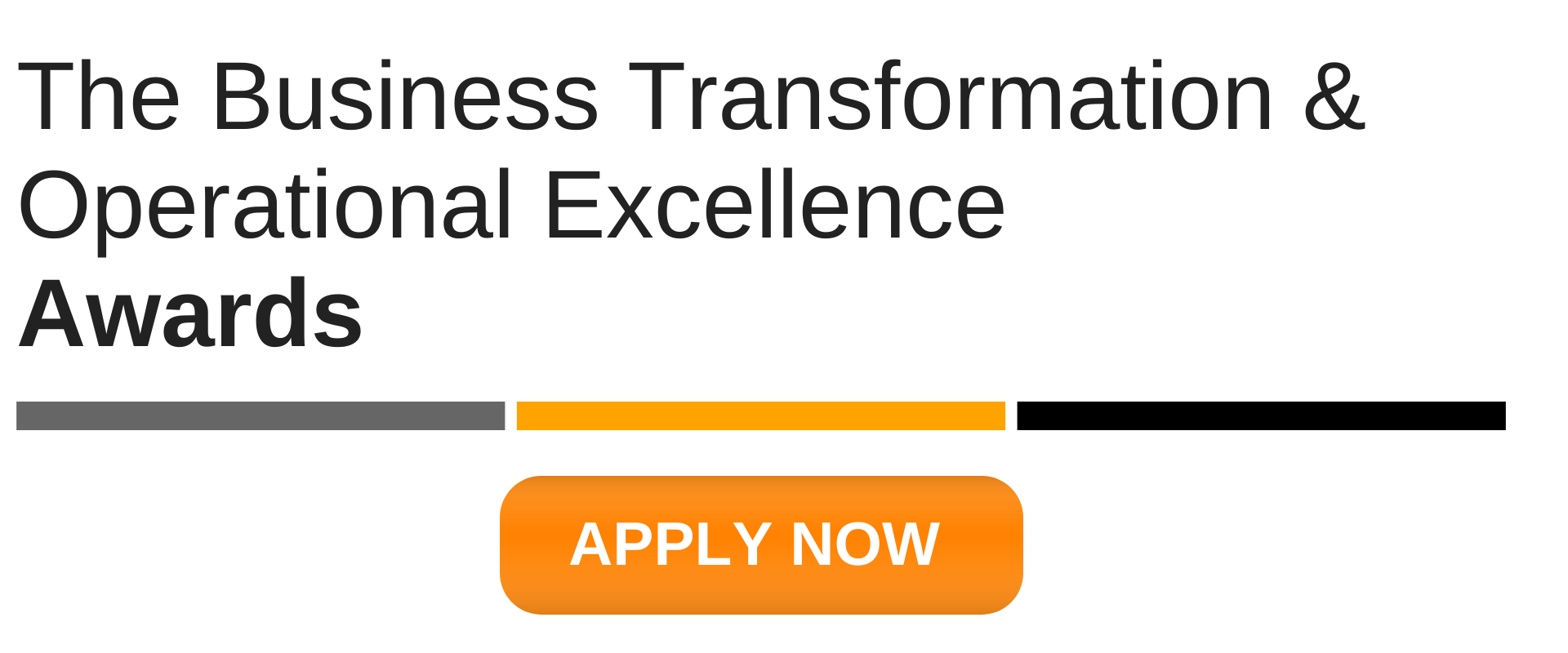

-2.png)
-2.png)
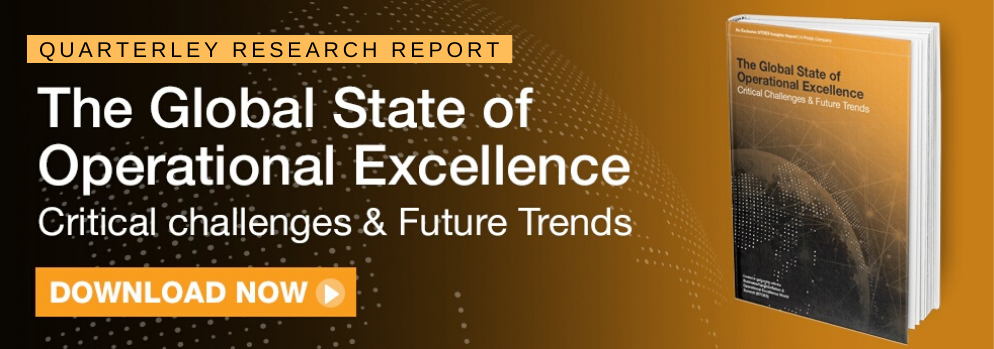




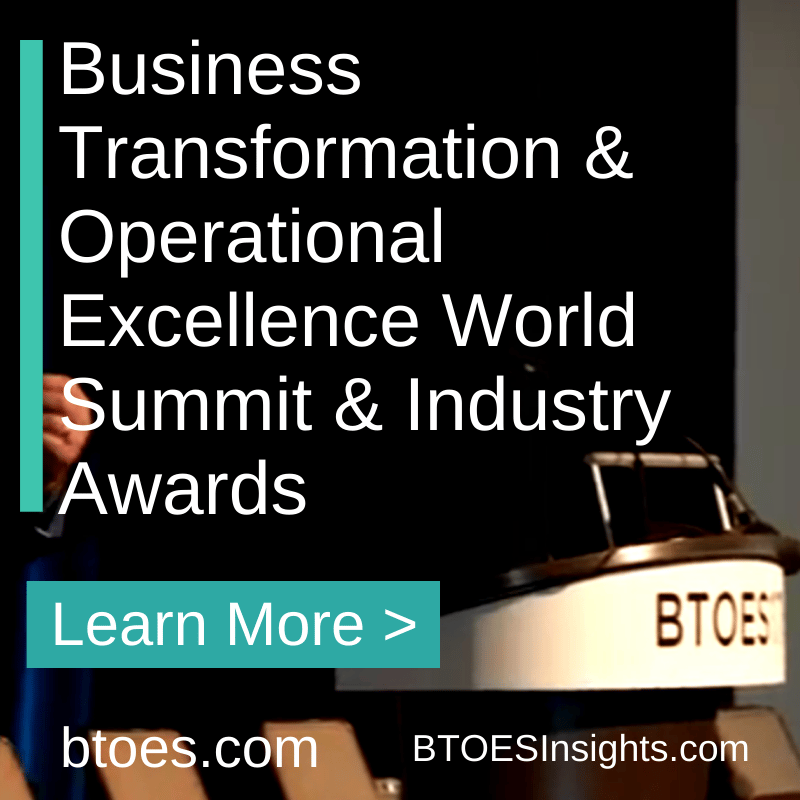

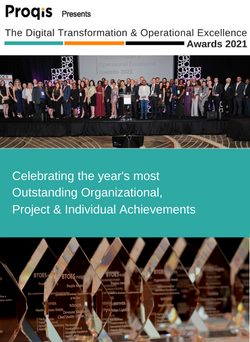


%20(1)%20(1).png?width=1410&name=Add%20a%20heading%20(8)%20(1)%20(1).png)





.png?width=300&height=300&name=LINKEDIN%20AWARDS%20GRAPHIC%20(1).png)
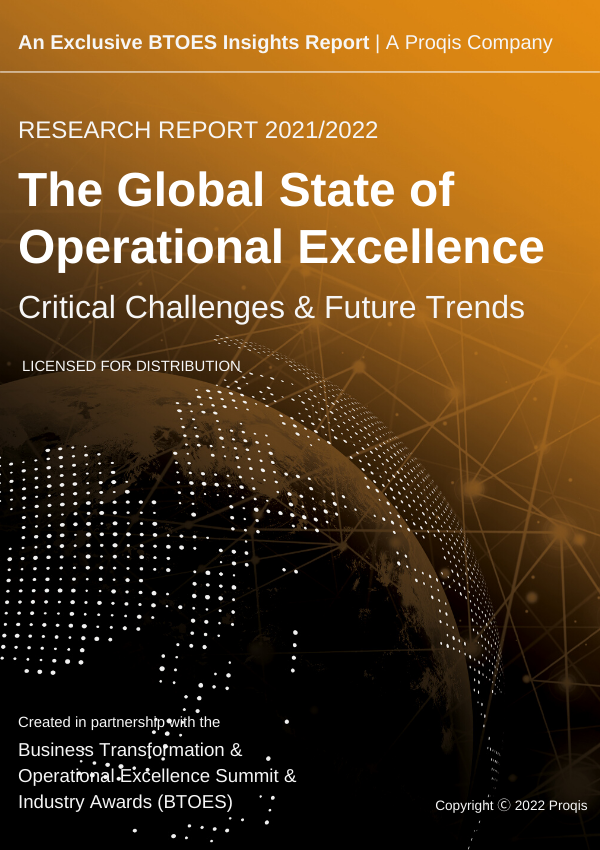



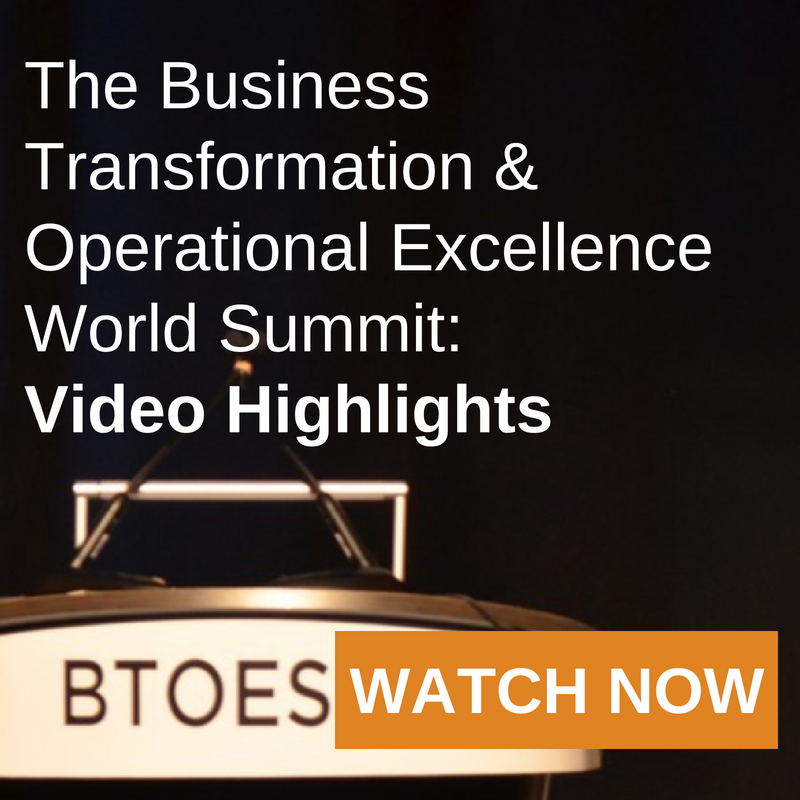


-1.png?width=300&name=ATTENDEE%20-%20Proqis%20Digital%20Event%20Graphics%20(2)-1.png)
-1.png?width=300&name=ATTENDEE%20-%20Proqis%20Digital%20Event%20Graphics%20(1)-1.png)
